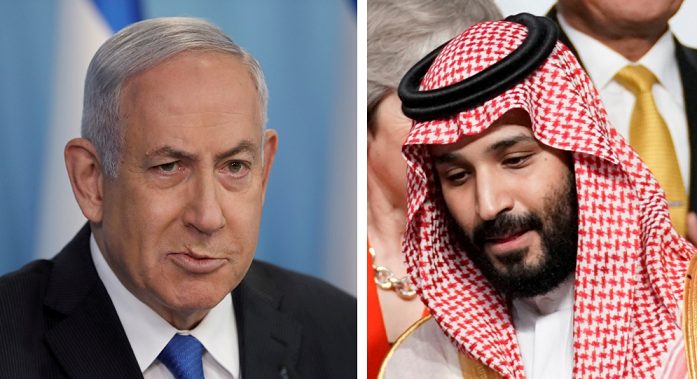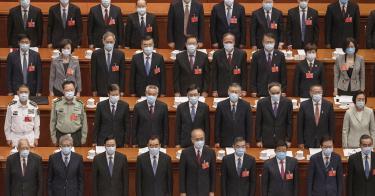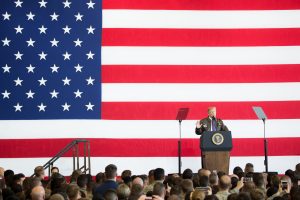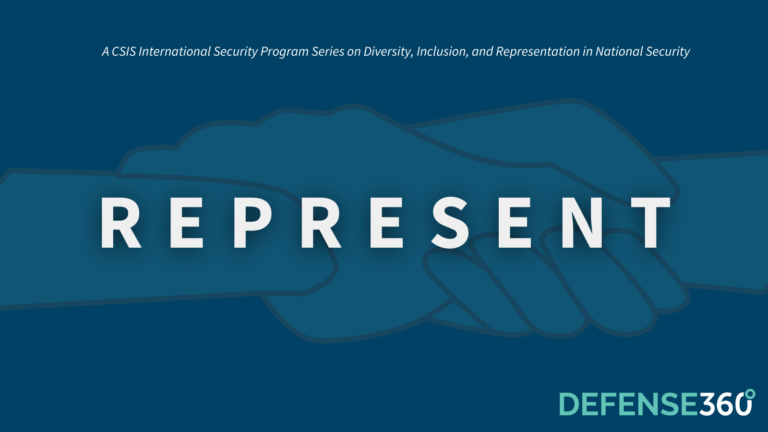By Kevin Roose
This has been, by any measure, a bad year for consensus reality.
First, there was President Trump’s impeachment — a divisive and emotionally charged proceeding that unleashed a torrent of lies, exaggerations and viral innuendo.
Then came the Covid-19 pandemic — an even bigger opportunity for cranks, conspiracy theorists and wishful thinkers to divide us along epistemic lines, into those who believed the experts and those who preferred to “do their own research.”
The Black Lives Matter protests this summer were a feeding frenzy for those looking to distort and reframe the narrative about police violence and racial justice.
And while election years are always busy times for fact-checkers, Mr. Trump’s fusillade of falsehoods about voter fraud, Spygate and Hunter Biden’s emails this year has resulted in a bigger challenge for those charged with separating truth from fiction.
Zignal Labs, a firm that tracks online misinformation, analyzed which major news topics in 2020 were most likely to generate misinformation. Its data, which draws from sources including social media apps like Facebook, Twitter, Instagram and Reddit, as well as newspapers and broadcast TV transcripts, isn’t an exact accounting of every single piece of misinformation out there. But it’s a rough gauge of which topics are most frequently used as vehicles for misinformation, by those looking to inject confusion and chaos into media narratives.
(Quick methodological note: These “misinformation mentions” are limited to topics related to either the election or the Covid-19 pandemic, and are calculated by Zignal’s automated system based on the number of mentions of a given term along with a term that is frequently associated with misinformation. So, for example, a post that mentions vaccines in the context of Covid-19 would not be counted as a misinformation mention, but a post that mentions vaccines along with a hashtag like #FauciTheFraud or a name like Bill Gates — a frequent target of anti-vaccine activists — would be counted, even if the underlying story was debunking such a false claim.)
















